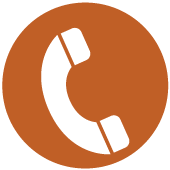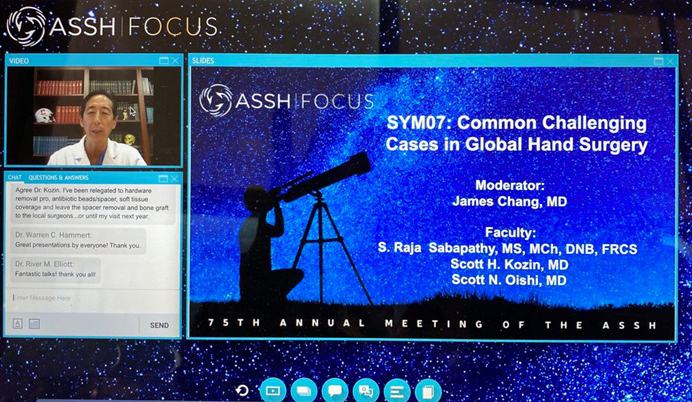Due to the COVID-19 pandemic, the Annual Meeting for the American Society for Surgery of the Hand (ASSH) was moved from San Antonio to a virtual platform in 2020. Kudos to the Annual Meeting chairs (Dawn Laport, MD and Ryan Calfee, MD), ASSH President Martin Boyer, MD, and the ASSH staff for constructing an amazing experience. Here are some general take-homes:
- Innovation continues for distal nerve transfers to treat peripheral nerve palsy. Professor Jayme Bertelli from Brazil gave talks demonstrating both technical aspects and his own results following transfers such as ECRL [extensor carpi radialis longus]-to-AIN [anterior interosseous nerve], distal AIN to distal PIN [posterior interosseous nerve], and opponens pollicis to adductor pollicis. I am eager to read more about these transfers and get into the cadaver lab to refine my surgical technique. (Precourse 03 and Symposium 18)
- The debate about “supercharging” (reverse end-to-side) nerve transfers continues. There is laboratory evidence supporting the role of a supercharged nerve transfer in preserving the distal muscle unit and the distal nerve stump. However, there is controversy regarding whether it is benign and/or beneficial to have 2 “competing” sources of muscle innervation, in cases where the “native” nerve reaches the distal target after the axons coming from the supercharged transfer have been placed. While many surgeons have adopted supercharged nerve transfer into their practice, there is far more laboratory and clinical research needed to substantiate this practice and refine the indications for use. (Precourse 03 and Symposium 11)
Source: https://orthobuzz.jbjs.org/2020/10/14/what-i-learned-at-the-assh-2020-virtual-annual-meeting/

